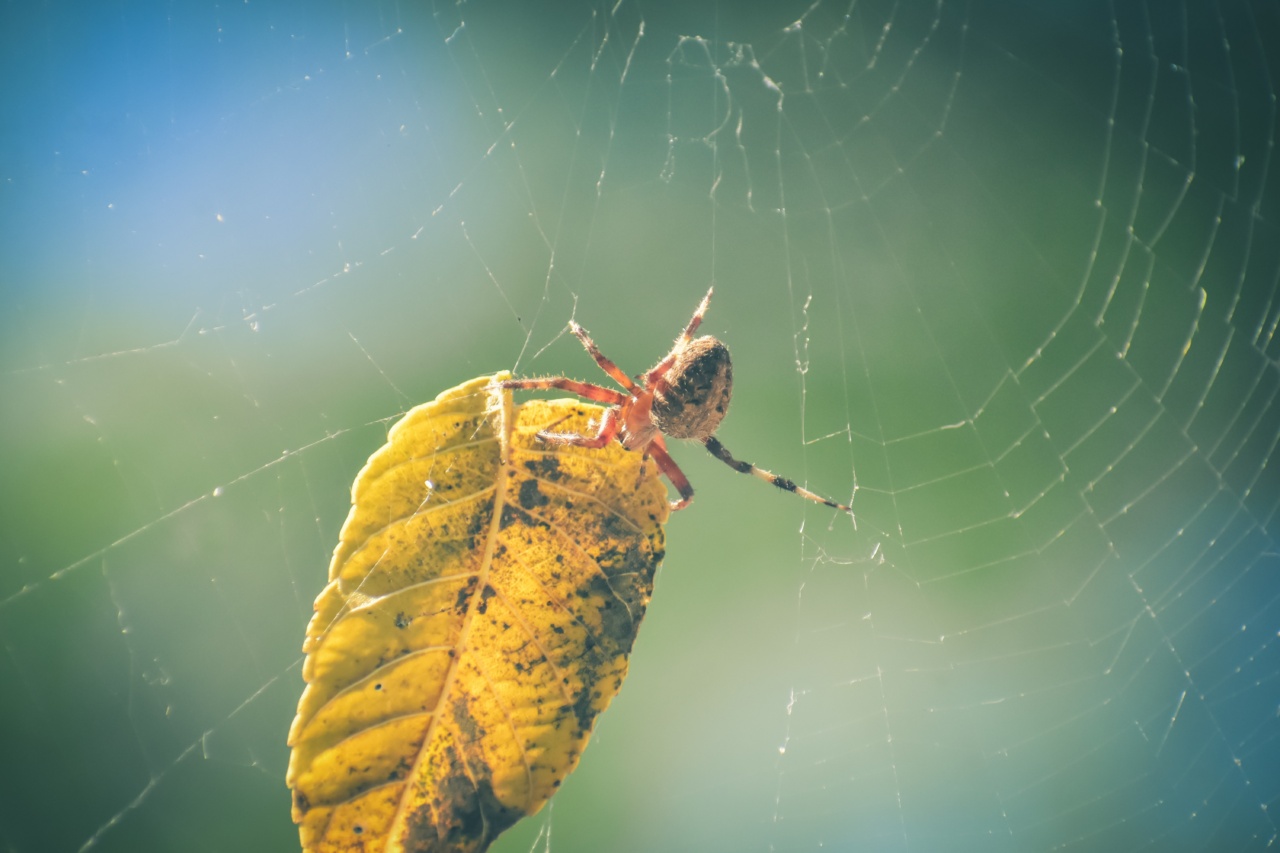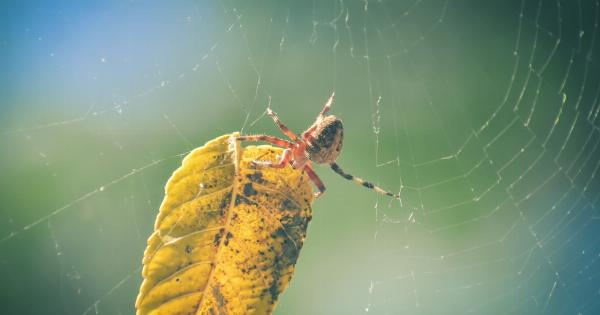Spider veins, also known as telangiectasia or angioectasias, are small, dilated blood vessels that appear close to the surface of the skin. They are often red, blue, or purple and resemble spider webs or tree branches.
Spider veins can occur on any part of the body but are commonly found on the legs and face.
Causes of Spider Veins
Spider veins can be caused by a variety of factors:.
1. Genetics
One of the primary causes of spider veins is genetics. If you have a family history of spider veins or varicose veins, you are more likely to develop them.
2. Hormonal Changes
Hormonal changes during puberty, pregnancy, menopause, and the use of hormone replacement therapy or birth control pills can increase the risk of developing spider veins.
3. Obesity
Excess weight and obesity can put additional pressure on the veins, leading to the development of spider veins.
4. Prolonged Standing or Sitting
Jobs or activities that require prolonged periods of standing or sitting can hinder blood flow and contribute to the formation of spider veins.
5. Sun Exposure
Excessive sun exposure can cause damage to the skin, including the blood vessels, and increase the risk of spider veins.
6. Injury or Trauma
Previous injury or trauma to the skin or veins can result in the formation of spider veins.
Symptoms of Spider Veins
Spider veins may not cause any physical discomfort, but some individuals may experience certain symptoms:.
1. Visible Veins
The most obvious symptom of spider veins is the appearance of small, twisted veins on the skin’s surface, often in a web-like pattern.
2. Itching or Burning
In some cases, spider veins may cause mild itching or burning sensations around the affected area.
3. Discomfort or Heaviness
Individuals with spider veins may experience a general feeling of discomfort or heaviness in the legs, especially after prolonged standing or sitting.
4. Skin Irritation
Spider veins can sometimes cause localized skin irritation, including redness, swelling, and dryness.
Treatments for Spider Veins
Although spider veins are usually harmless, many people seek treatments for cosmetic reasons or to relieve associated symptoms:.
1. Compression Stockings
Wearing compression stockings can help improve blood flow, reduce swelling, and alleviate discomfort associated with spider veins.
2. Sclerotherapy
Sclerotherapy is a popular treatment for spider veins, involving the injection of a special solution into the affected veins, which causes them to collapse and fade.
3. Laser Therapy
Laser therapy uses focused light energy to target and destroy spider veins. It is non-invasive and commonly used for facial spider veins.
4. Endovenous Ablation
Endovenous ablation is a minimally invasive technique that uses heat or laser energy to close off and destroy spider veins.
5. Ambulatory Phlebectomy
Ambulatory phlebectomy involves the surgical removal of small sections of spider veins through tiny incisions in the skin.
6. Lifestyle Changes
Adopting a healthy lifestyle by maintaining a healthy weight, exercising regularly, avoiding prolonged periods of sitting or standing, and protecting your skin from excessive sun exposure can help prevent or minimize the development of spider veins.
7. Supportive Care
Elevating the legs, avoiding tight clothing, and massaging the legs can all provide temporary relief from discomfort associated with spider veins.





























